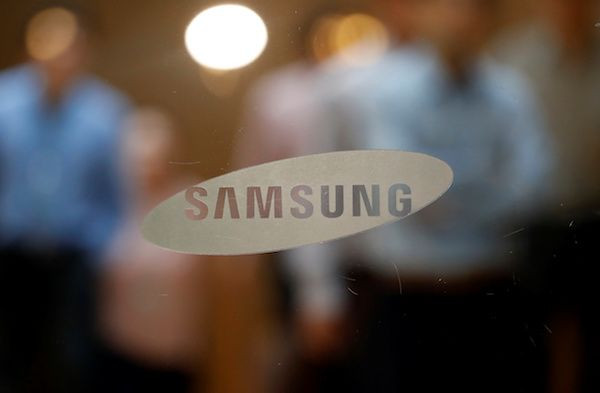Samsung 3D Cinema LED Features 4K Resolution, ‘True Black’ HDR

Samsung Electronics has formally introduced the 3D version of its Cinema LED Screen. Simply called “3D Cinema LED,” the new display technology is considered the world’s first cinema screen that’s capable of providing high-quality 3-dimensional experience.
Samsung debuted 3D Cinema LED at Integrated Systems Europe 2018 in Amsterdam, Netherlands on Wednesday. At the largest commercial display exhibition in Europe, the South Korean tech giant proudly announced that its new display overcomes the limitations of existing movie house film projectors.
According to the company, its 3D Cinema LED gives viewers a genuine feeling of watching a 3D movie in reality thanks to its advanced 3-dimensional technology. The device’s features such as its crystal-clear 4K resolution, infinite “true black” HDR and non-distorted visual imagery also help in enhancing the viewing experience.
“The existing 3D cinemas had to compromise between brightness and resolution,” Samsung Visual Display Division’s Enterprise Product Planning Group’s Dongsoo Koo, who participated in the creation of 3D Cinema LED, said in an interview with Samsung Newsroom. “The screen is dark as if the viewers are wearing sunglasses in the theater. The brightness is already halved, and with the 3D glasses that audience must wear, it becomes a one-third level compared to other 2D films. The resolution is halved too. It is inevitable as the videos for the left and right eye are overlapped and reflected.”
Samsung made no compromises between brightness and resolution when it made 3D Cinema LED. “The brighter the visual information is, the more our eyes receive the three-dimensional impression. Therefore, we had to develop a new product that delivers the same brightness of Cinema LED, which is 48 nits, even while wearing the 3D glasses. We also could not sacrifice the resolution. It’s clear that lower resolution equals a lower sense of reality,” Koo explained.
Koo also revealed that unlike conventional 3D technology, the technology they used in 3D Cinema LED does not cause dizziness because it eliminates many factors that could cause viewers to experience dizziness or headache. “The left video should be seen only by the left eye and the right video only by the right eye. But there are moments when our eyes receive overlapped imagery. This is called ‘crosstalk,’ and the repetition of crosswalk causes the dizziness and headache. Fortunately, our developers came up with an algorithm for 3D Cinema LED to completely get rid of any crosstalk from happening, therefore dealing with the dizziness and headache issues,” Koo said.
Because 3D Cinema LED uses Samsung’s Cinema LED Screen, the former has the same viewing angle as the latter. Therefore, viewers will not experience distortions no matter where they are seated inside the movie house. “When watching in the conventional 3D theater, the image becomes darker or distorted as people go to the edge of the theater, but 3D Cinema LED has significantly improved the problem,” Koo pointed out.
Koo finally said that Samsung’s 3D Cinema LED will play a bigger role for theaters who want to provide their customers with superb viewing experiences. He also noted that people will soon be able to enjoy the ultimate 3D experience through 3D Cinema LED. However, he did not reveal when the technology will become available to movie theaters worldwide.
© Copyright IBTimes 2024. All rights reserved.





















